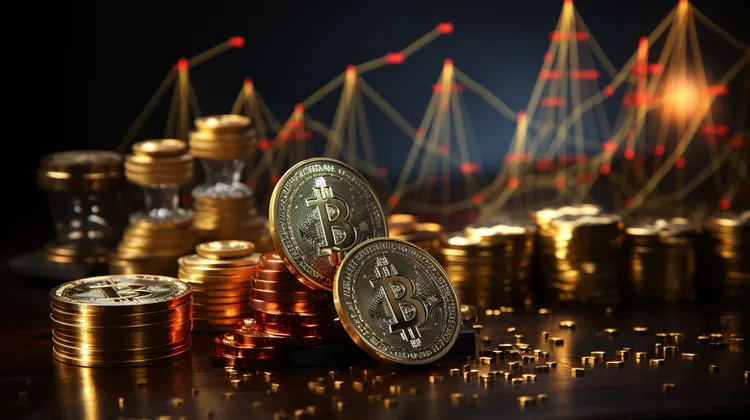The much-anticipated Litecoin halving is just around the corner, and many investors have high hopes for a surge in its price. Historical data suggests that immediate price gains may not be guaranteed after the event.
Litecoin, often referred to as the silver to Bitcoin’s gold, is a popular cryptocurrency that operates on a similar technology known as blockchain. Like Bitcoin, Litecoin also undergoes halving events, which occur roughly every four years. During a halving, the rewards for miners are halved, reducing the rate at which new Litecoins are created.
With the upcoming halving, scheduled for August 6th, 2023, many investors are expecting a surge in Litecoin’s price. The logic behind this expectation is that a decrease in the rate of new Litecoin creation, combined with increasing demand, will lead to a supply shortage and, consequently, drive up prices.
If we look at past halving events, the results do not necessarily support this theory. During the first Litecoin halving in 2015, the price saw a significant increase leading up to the event, but it wasn’t sustained in the days and weeks following the halving.
Similarly, during the second Litecoin halving in 2019, the price experienced a surge months before, but it eventually corrected itself, leading to a prolonged bear market for the cryptocurrency. These instances suggest that the halving event alone may not be enough to sustain a long-term price rally.
One possible reason for the lack of immediate price gains is that halving events are often anticipated and priced into the market well in advance. Investors and traders may take advantage of this knowledge and adjust their positions accordingly, potentially negating any sudden price movements.
Another factor to consider is the potential impact of market sentiment and overall market conditions. In the past, the cryptocurrency market has witnessed periods of heightened volatility and speculation, which can have a significant impact on prices. External factors such as regulatory developments, macroeconomic trends, and geopolitical events can also sway investor sentiment and overshadow the effects of halving events.
The impact of halving events may take time to materialize. It is possible that the reduced supply resulting from the halving event gradually starts to affect the market dynamics, leading to price appreciation over an extended period. This delayed response may be seen as miners adjust their operations to account for reduced rewards and as market participants realize the implications of reduced supply.
It’s important to note that despite the uncertainty surrounding immediate price gains, halving events generally indicate a positive long-term outlook for a cryptocurrency. The reduced supply inflation due to halving often leads to a decrease in the sell pressure from miners, while increasing demand can drive up the price over time.
Investors should approach the upcoming Litecoin halving with caution when considering immediate price gains. While expectations may be high, historical data suggests that price movements following halving events can be unpredictable and influenced by various external factors. Instead, investors should focus on the long-term implications of reduced supply inflation and evaluate the overall market conditions, as these factors are likely to have a more lasting impact on Litecoin’s price.




Why do people keep hyping up these halving events? They never seem to deliver on their promises.
Don’t fall for the hype, folks. The halving event won’t be a magical solution to Litecoin’s price woes.
External factors and market conditions may influence price movements, but let’s stay positive and keep our fingers crossed!
Why am I not surprised that halving events don’t guarantee price surges? It’s just one more disappointing reality in the crypto world.
Just when I thought the halving event would be a game-changer, here comes reality to burst my bubble.
Let’s keep our eyes on the prize and hope for the best! The future of Litecoin is looking bright, no matter the immediate price gains!